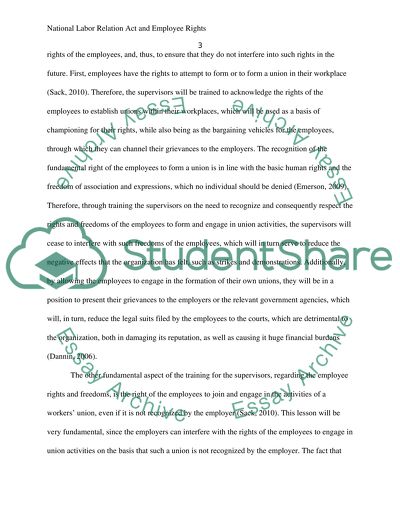Cite this document
(“National Labor Relation Act and Employee Rights Essay”, n.d.)
National Labor Relation Act and Employee Rights Essay. Retrieved from https://studentshare.org/human-resources/1474823-national-labor-relation-act-and-employee-rights
National Labor Relation Act and Employee Rights Essay. Retrieved from https://studentshare.org/human-resources/1474823-national-labor-relation-act-and-employee-rights
(National Labor Relation Act and Employee Rights Essay)
National Labor Relation Act and Employee Rights Essay. https://studentshare.org/human-resources/1474823-national-labor-relation-act-and-employee-rights.
National Labor Relation Act and Employee Rights Essay. https://studentshare.org/human-resources/1474823-national-labor-relation-act-and-employee-rights.
“National Labor Relation Act and Employee Rights Essay”, n.d. https://studentshare.org/human-resources/1474823-national-labor-relation-act-and-employee-rights.


